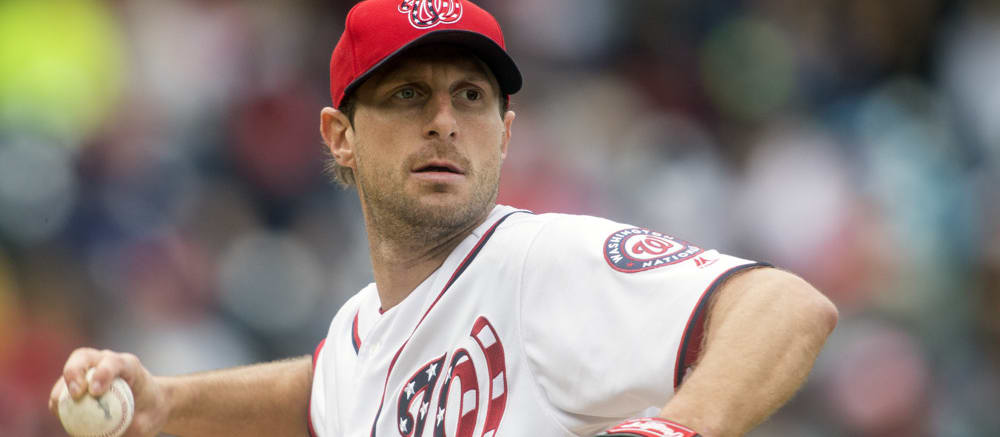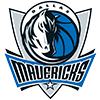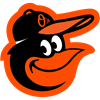Last weekend, I had the pleasure of speaking at BaseballHQ's First Pitch Forum in Baltimore, New York and Boston. At each site, at least one person told me they read the column and completely disagreed. Overpaying is overpaying. If a player is worth $30 and someone pays $35, they overpaid… period.
Sorry, but it isn't that cut and dried.
The objective of any auction is to acquire as many potential points as possible. There's a few different ways to do this.
One is by correctly valuing a player higher than the market, so that paying market price bakes in potential profit. If I price a player at $20 but the market has him at $15, I only need to pay $15 or $16 to get him cheaper than what he's worth.
Another is through sage money
Last weekend, I had the pleasure of speaking at BaseballHQ's First Pitch Forum in Baltimore, New York and Boston. At each site, at least one person told me they read the column and completely disagreed. Overpaying is overpaying. If a player is worth $30 and someone pays $35, they overpaid… period.
Sorry, but it isn't that cut and dried.
The objective of any auction is to acquire as many potential points as possible. There's a few different ways to do this.
One is by correctly valuing a player higher than the market, so that paying market price bakes in potential profit. If I price a player at $20 but the market has him at $15, I only need to pay $15 or $16 to get him cheaper than what he's worth.
Another is through sage money management. For different reasons, your competitors pay more for players than your bid price. Sometimes they value them higher, other times they're willing to go over their number. The result will be spending less than what you were willing to pay on several players, since others can't afford them. The more you save, the more you have available to buy additional stats.
Part and parcel to all this is market value. That's the ballast to which all of this is compared. Circling back to overpaying, if the market value is defined as the average everyone is willing to pay, paying more is overpaying. As alluded to, there are reasons for overpaying. We're comparing against an average. If your number is above the average, you're "overpaying", but you're doing so because you feel the market is wrong. So really, you're not overpaying, but instead exploiting a perceived inefficiency in the market. Sometimes, people feel it's OK to overpay, since they'll be able to make up for it later. There could be a scenario in which you need a specific stat or a position to make the rest of your team work, so you need to chase, and potentially pay more than planned. Though, even here, it can be argued your demand for the commodity alters how you value it, so it isn't overpaying. Perhaps the only true act of overpaying is going over your number, without caring, figuring to make up for it later. As I'm sure you know, this happens all the time.
Here's where things get sticky. All of the above assumes a correct estimation of market value. To set market value, it's necessary to decide how the budget should be distributed, specifically between hitters and pitchers. A $30 player is a $30 player, but only when basing it on that predetermined split. If that presupposition is wrong, the player is no longer priced at $30. That's what's happening in the NFBC. Owners are funneling more money to pitching.
Here's a look at three pitchers:
| Pitcher | 69:31 | 63:37 | AAV |
| Max Scherzer | $38 | $45 | $41 |
| Jacob deGrom | $21 | $25 | $29 |
| Carlos Martinez | $15 | $18 | $24 |
With more money devoted to pitching, the expected market value of each increases. According to this table, in NFBC auctions, Scherzer is often selling under value while deGrom and Martinez cost inflated prices.
If Scherzer was bought for $43, some are going to say that's $5 too much. Others will claim it's only a $2 overpayment. I say the owner banked $2 potential profit. However, to make that contention, I needed to accurately peg the split at 63:37 either coming into the auction, or by adjusting on the fly after seeing what was happening early on.
If deGrom's price was $29, some will say it's $8 more than it should be, while I'll say it was only $4 extra. Similarly, a $24 Martinez purchase is $6 over, though others will say it's $9 higher.
The person coming into the auction with a list generated from a 69:31 split and sticking to it won't buy a top pitcher. By the time they are purchasing arms, they may get nine bargains, but the aggregate stats will be too little to compete.
Those using a 63:37 list will be in play for almost half of the top hurlers, affording ample inventory to build a roster with at least three of the top 50 starting pitchers.
To this end, when chatting with the folks last weekend, I asked if they felt the NFBC owners were overpaying, or if they were relating this to their home leagues, with a more conventional split? I concurred with those answering their home leagues, as they were always able to great deals on pitching if they waited.
However, there were those still adamant a $30 player is a $30 player. Splits don't matter. It was these discussions that turned into something more heated. For some, they were arguing a price is set in stone, without even understanding how it was generated in the first place. I found a way to excuse myself from these confrontations quickly. But, I was willing to engage those willing to listen to reason. Here's what I asked them.
Let's say you own a business with two divisions. Each division generates the exact same profit. One division has 14 employees while the other has nine, with every employee contributing equally within their respective division. You have two million dollars to pay for salaries. Which scenario do you choose?
A. Divide equally among the 23 employees, paying each about $87,000
B. Split the two million in half, then sharing equally in each division, so 14 employees receive about $71,500 while the other nine are paid about $111,111
You probably see where I'm going with this as 14 and nine are the number of hitters and pitchers in a standard lineup. My choice is the second, paying each employee commensurate with the profit they generate. Paying everyone $87,000 means the division of 14 is being paid from revenue generated from the other division. If I were one of the nine, I'd be upset others were benefiting from my work. My other eight co-workers and I should equally split what we generated.
Most understood and agreed, B is the way to go. One stubborn attendee not only insisted A is correct, but they felt what they wanted the split to be was right, and if the market is different, it's the market that's wrong. I wanted to excuse myself from this exchange but was pot-committed. Let's just say he agreed to disagree and I agreed he was wrong.
As explained last week, anything other than 50:50 is theoretically incorrect. However, the market has opted to shunt more budget to hitting. Again, the reason(s) are moot. It is what it is. All you can do is accept it. To be honest, it took me years to come to grips with this. I'm not calling out those still reticent to follow suit.
Once you accept that any split other than 50:50 is wrong in theory, everyone is then simply attempting to be prescient and plan for a specific split. So, if this split is empirical, why can't it change during the auction?
I'm embarrassed to admit I only recently had the epiphany that it's necessary to adjust to the market.
My expectations for the players don't change, only the amount I need to pay relative to the market does. If I misjudged the market, pricing alterations are necessary to conform to the proper market. Regardless of what I pay, the player's potential earnings should be based on a 50:50 split, not the market one.
I'm almost positive most of my bad auctions were a result of bullheadedly not coming off my projected earnings. The main reason I opted to reiterate much of what I discussed last week was to hammer this home. Don't make the same mistake I have, perhaps for years.
Both the League of Alternative Baseball Reality (LABR) American League and National League only auctions last weekend were 69:31. It's unclear if this was due to the single league format or industry versus NFBC. By the time you've read this, I'll be done with an NFBC NL-only Satellite auction. I'll be paying close attention to the early pitchers off the board. They always sell for inflated prices, but I'll be watching to see if the number is even higher, signaling I need to pay a premium if I want one.
My initial plan this week was to look at the end game of the LABR auctions -- not specific players, but trends that can be observed in auctions. So, now the plan is to discuss that next week, a few days in advance of the Tout Wars auctions on St. Patrick's Day. Thanks for the indulgence.



























